So, you’ve just bought your first off-road capable vehicle. Maybe it’s a brand-new Jeep Wrangler, a Toyota 4Runner, a Ford Bronco, or even a Tacoma. Maybe it’s a used rig you’ve had your eyes on for months, finally sitting in your driveway waiting for adventure. The excitement is real—you can already imagine crawling up trails, splashing through mud, and climbing to breathtaking overlooks.
But before you take that first leap into the off-road world, it’s important to slow down, learn the ropes, and set yourself up for safe, responsible, and rewarding experiences. At Virginia Off Road, our mission as a nonprofit is to help newcomers like you feel confident and connected, whether through our educational courses, our Trail Guide Hub, or our community of fellow off-roaders who love sharing knowledge.
This article will walk you through everything a newbie should know: what to do after buying your rig, which basic modifications make sense early on, how to test your 4WD system, and how to safely ease into your first trails.
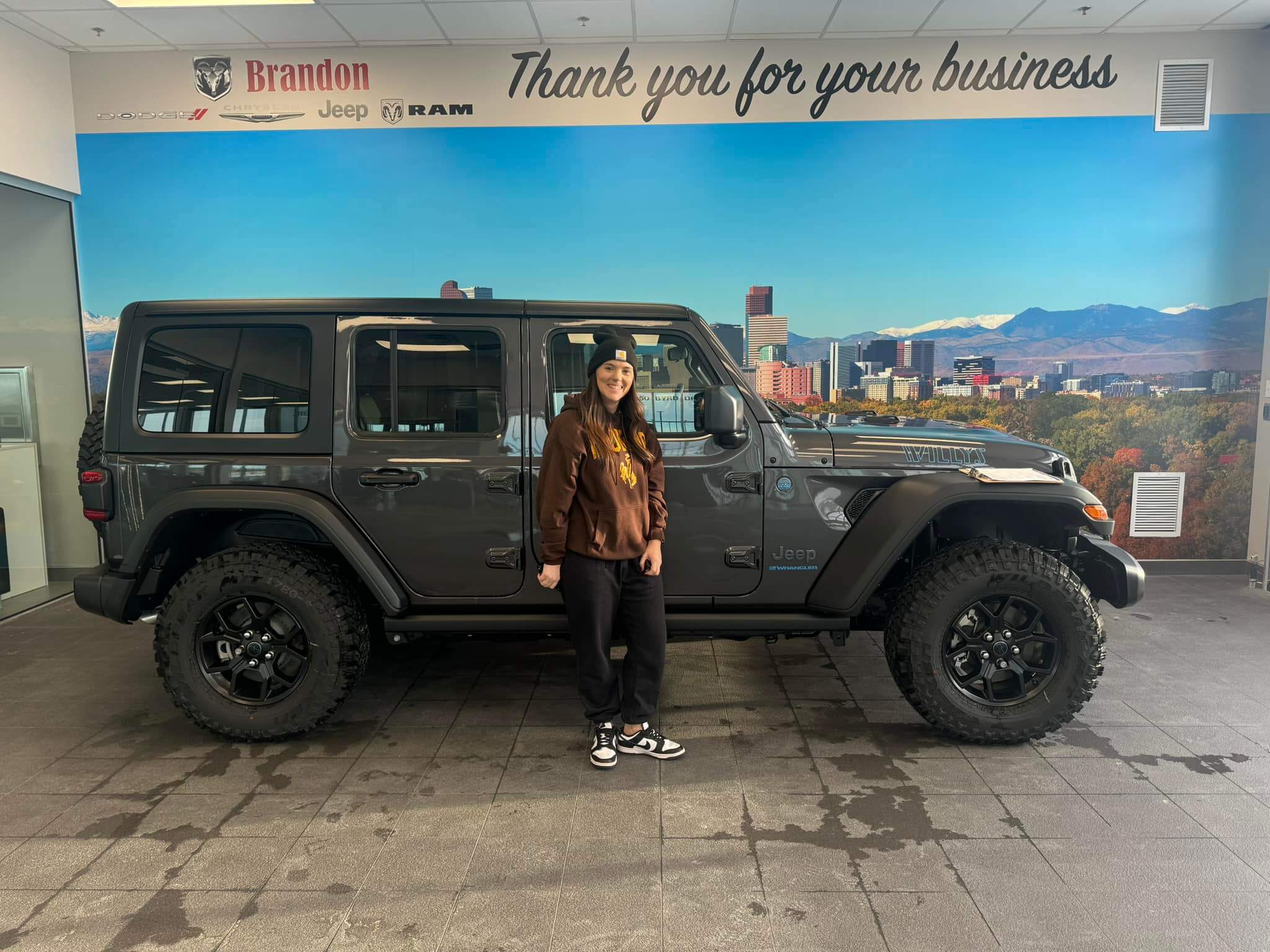
Step One: Get to Know Your Rig
Buying an off-road vehicle isn’t like buying a regular commuter car. Even stock rigs are designed with capabilities that most owners will never fully explore. Before you start dreaming of 35-inch tires or rooftop tents, spend time simply getting to know your vehicle inside and out.
- Read the Owner’s Manual (yes, really).
It’s not glamorous, but your manual explains how your specific 4WD system works. Some vehicles use a part-time system (like most Jeeps and Tacomas), while others have full-time 4WD or selectable drive modes. Understanding what those buttons, knobs, or shifters actually do is the first step to staying safe. - Understand Your Vehicle’s Limits.
Look at the ground clearance, approach and departure angles, and tire type. If your SUV came with street-oriented all-season tires, that’s important to know before you hit mud or rocks. - Learn Where Recovery Points Are Located.
Most off-road capable vehicles have factory tow hooks or frame-mounted recovery points. Knowing where these are will save time (and stress) if you ever get stuck.
At Virginia Off Road, our Intro to Off-Roading course starts here—teaching drivers how to use their rig’s systems, recognize limits, and get comfortable before ever tackling a trail. It’s one of the most valuable investments you can make in your off-road journey.

Step Two: Beginner-Friendly Modifications
The temptation to dive into the world of aftermarket parts is huge. Social media is filled with builds sporting massive lifts, beadlock wheels, winches, and steel bumpers. While those upgrades have their place, beginners often spend thousands before even learning what they really need.
Here are the modifications that make the most sense early on:
- All-Terrain Tires.
If your rig didn’t come with proper A/T tires, this should be your first upgrade. Tires are your connection to the trail, and even a mild all-terrain makes a night-and-day difference compared to factory street tires. - Recovery Gear.
Don’t think of recovery gear as a mod—it’s insurance. A basic kit should include a recovery strap, shackles, a tire repair kit, and a portable air compressor. You don’t need a winch yet, but being prepared will give you peace of mind. - Skid Plates (if not factory equipped).
Protecting vital components like your oil pan, transmission, and fuel tank can prevent costly trail damage. Many manufacturers already provide decent protection, but it’s worth checking. - Floor Mats & Storage Solutions.
Believe it or not, keeping your rig organized matters. A set of rugged mats, cargo organizers, or a tool bag ensures you’re not losing gear while bouncing around.
What you don’t need right away is a giant lift kit, 37-inch mud tires, or thousands of dollars in armor. As our Trail Guide Hub often emphasizes, most beginner-friendly trails in Virginia are perfectly doable in a stock 4×4 with good tires and a driver who knows how to use them.
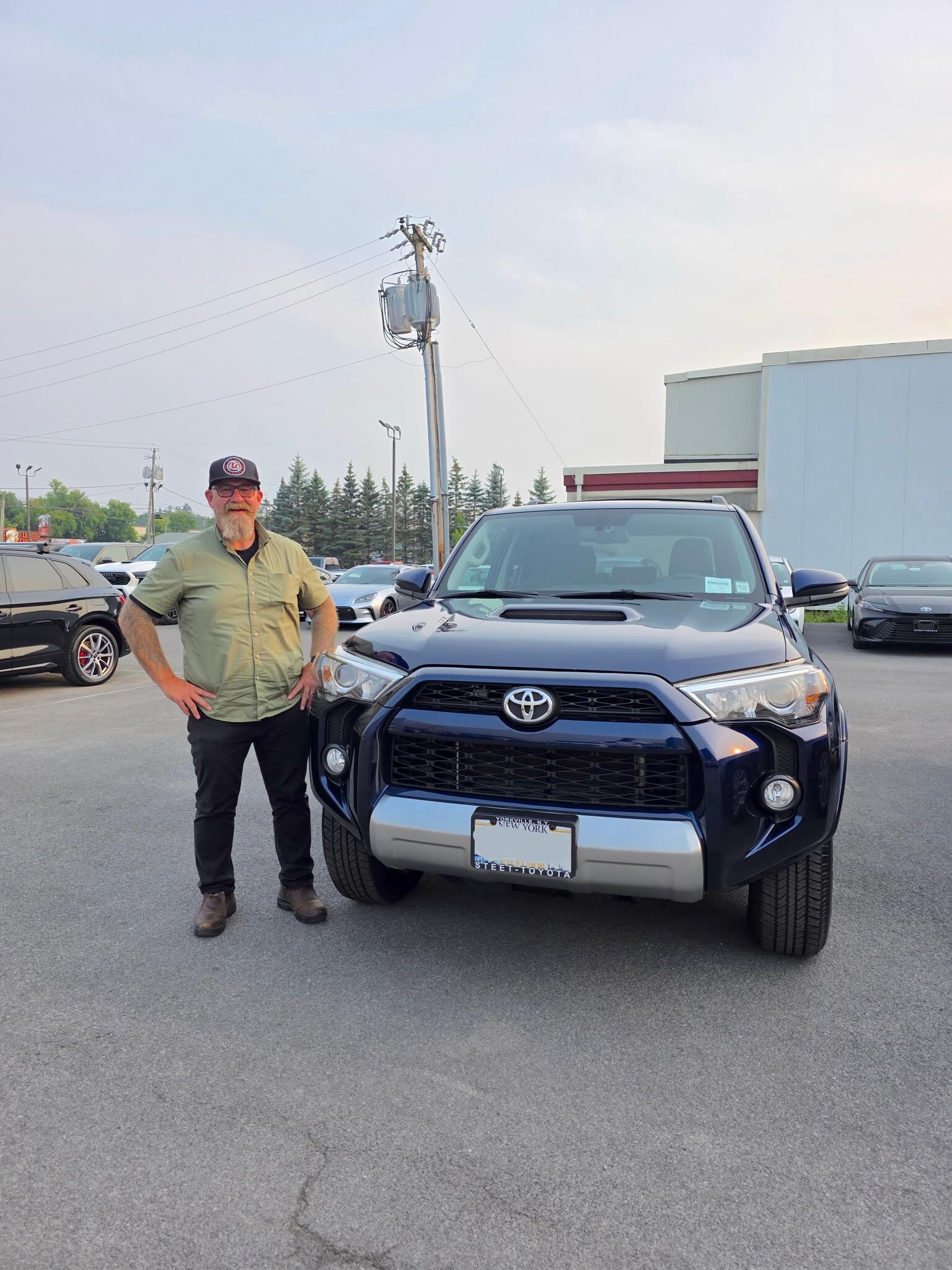
Step Three: Test Your 4WD System
Before heading into the mountains or forests, it’s smart to practice with your 4WD system in a controlled environment. Think of this as rehearsal before the show.
- Find an empty gravel lot or grassy field. Shift into 4-High and drive a bit to feel the difference in traction.
- Practice engaging and disengaging 4-Low. It may require stopping, shifting to neutral, or even rolling slightly—this varies by vehicle. Get comfortable with the process now instead of fumbling when you need it most.
- Test Hill Starts. On a mild incline, practice stopping and starting again. Notice how the vehicle responds differently in 2WD versus 4WD.
Virginia Off Road’s Hands-On Basics class lets new drivers practice these exact skills in a safe environment, with instructors there to guide you. That way, when you hit your first real trail, you already know how your rig behaves.
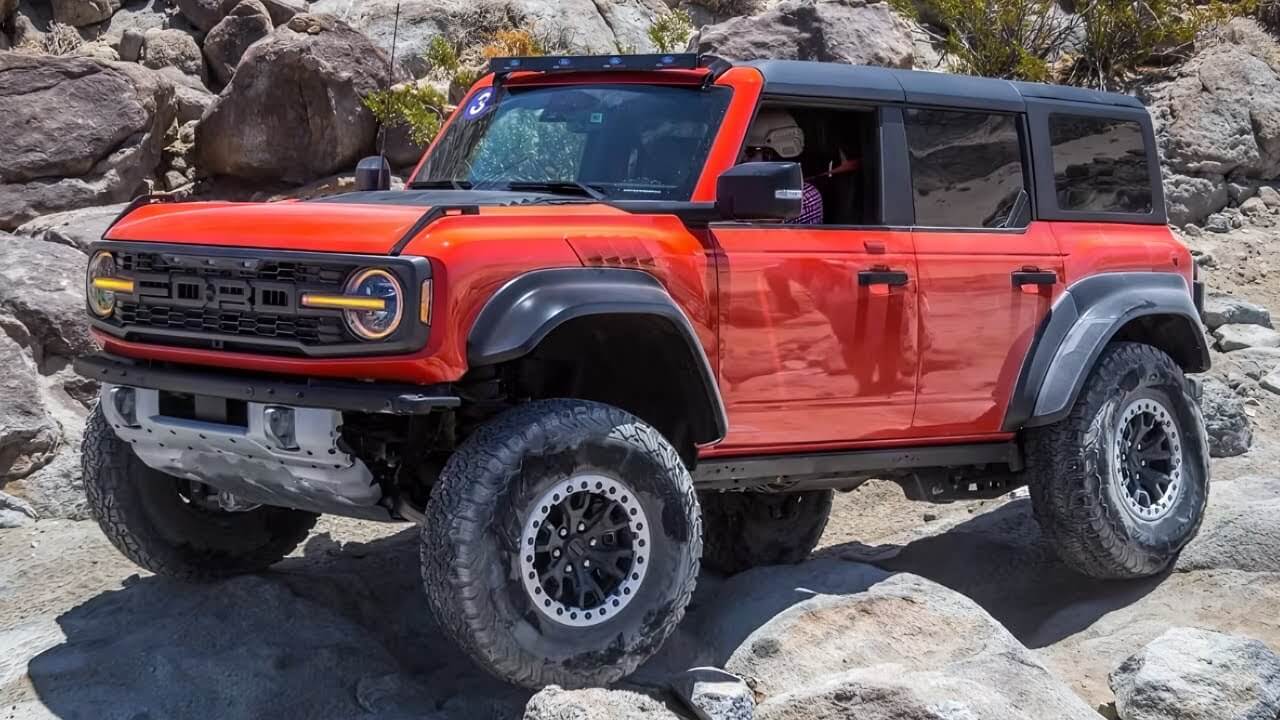
Step Four: Pick the Right First Trail
Jumping straight into hardcore rock crawling is a recipe for damage and frustration. Your first trail should be beginner-friendly, scenic, and confidence-building.
Some great options in Virginia include:
- Peters Mill Run (George Washington National Forest) – Mild terrain with some fun obstacles and great views.
- Shoe Creek Trail – A popular starter trail with water crossings and light challenges.
- Taskers Gap OHV System – Designed with varying difficulty levels, perfect for learning.
Our Trail Guide Hub at Virginia Off Road highlights trails by difficulty, vehicle type, and location. This allows newcomers to choose routes that match their skill level instead of guessing.
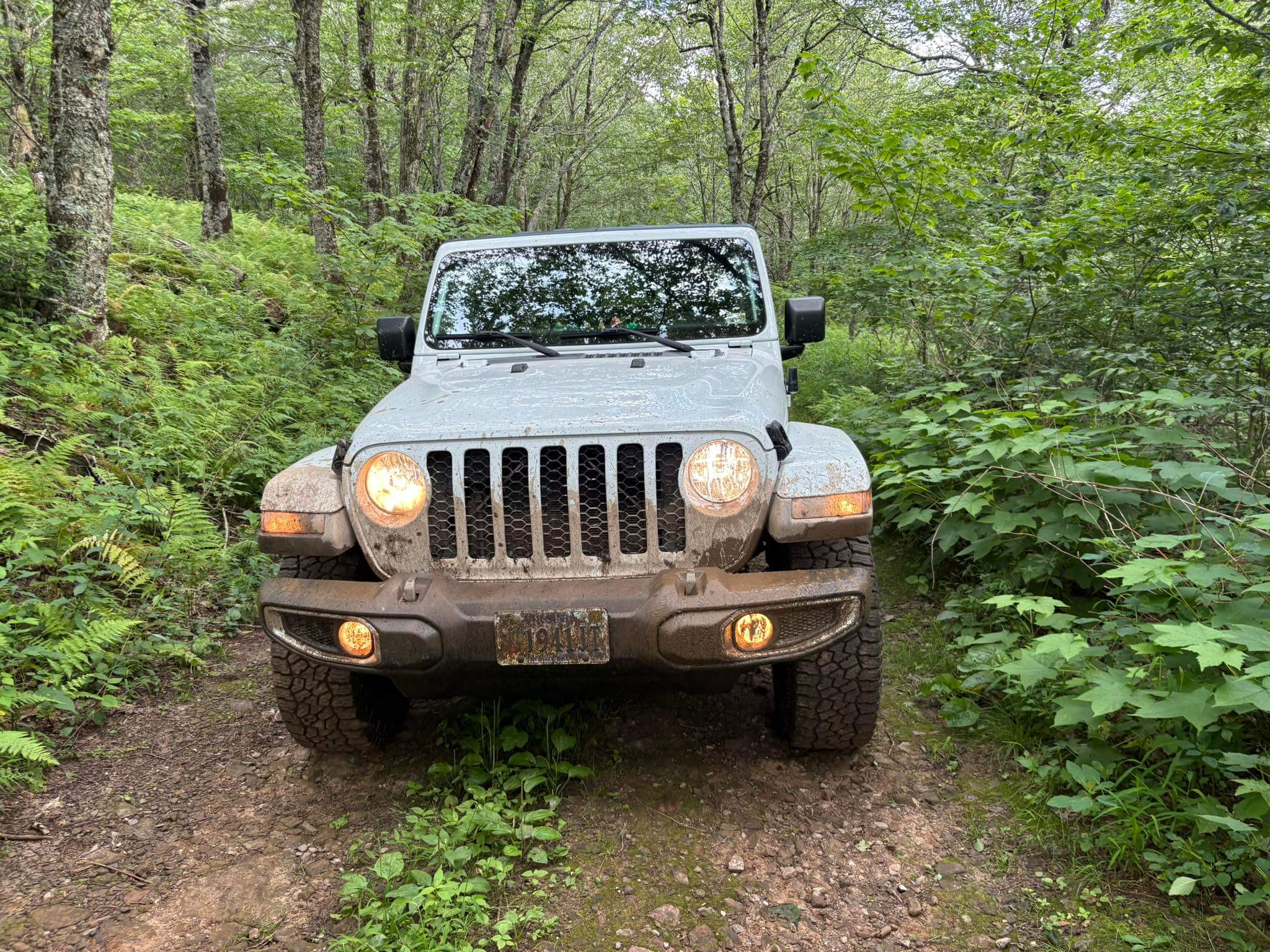
Step Five: Learn Trail Etiquette
Off-roading isn’t just about you and your rig—it’s about the land and the community. From the start, it’s important to adopt the principles that make this hobby sustainable and respectful.
- Tread Lightly. Stay on marked trails. Don’t cut switchbacks, and don’t tear up mud holes just for fun.
- Pack In, Pack Out. Leave trails cleaner than you found them.
- Respect Right of Way. Uphill traffic typically has the right of way. Always wave and communicate with other drivers.
- Travel with a Buddy. Never wheel alone, especially as a beginner.
Virginia Off Road includes trail etiquette in all of our educational courses, because how we ride today directly impacts whether those trails remain open tomorrow.

Step Six: Build Skills, Not Just Your Rig
The truth is, skill will take you farther than modifications. A stock vehicle in the hands of a capable driver can outperform a heavily modified rig driven by someone inexperienced. That’s why we encourage new members to invest in training before spending thousands on parts.
- Learn how to pick a good line over obstacles.
- Practice spotting for others and being spotted yourself.
- Understand weight transfer, throttle control, and braking on uneven terrain.
Virginia Off Road offers an Off Road 101 course where new drivers practice real-world situations with mentors guiding them through. This builds confidence while preventing costly mistakes.
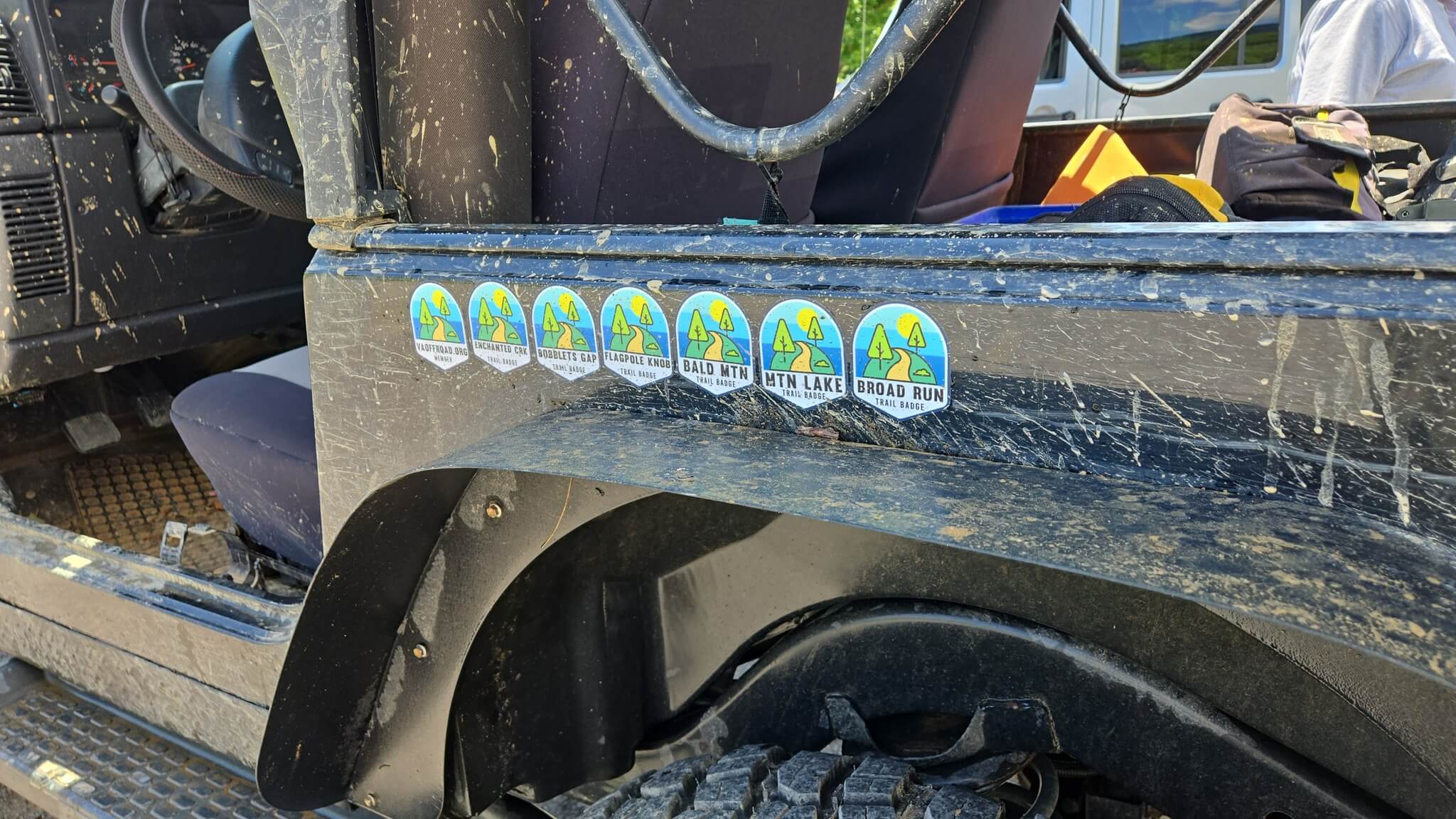
Step Seven: Join a Community
One of the fastest ways to improve is to surround yourself with people who have been there before. A community not only provides safety on the trail, but also mentorship, advice, and camaraderie.
As a nonprofit, Virginia Off Road exists to create that community. Our membership isn’t just about access to events—it’s about connecting with others, sharing knowledge, and working together to protect Virginia’s trails.
Our programs like Trail to Recovery (supporting veterans) and Volunteer Trail Cleanups show that off-roading can be about more than just fun—it can also give back to people and the land. Even kids have an off-road educational portal they can particpate in!
Final Thoughts: Your Journey Starts Now
Off-roading is more than a hobby—it’s a gateway to adventure, self-reliance, and lasting friendships. For newcomers, the best path forward is to start simple:
- Learn your vehicle.
- Add only the modifications you need.
- Test your 4WD system in safe conditions.
- Choose beginner-friendly trails.
- Respect the land and community.
- Invest in skills before spending big on parts.
At Virginia Off Road, we’re here to guide you every step of the way. From our educational courses that build confidence, to our Trail Guide Hub that helps you plan safe adventures, to our community that welcomes you in—you’ll never have to feel lost on this journey.
So fire up that engine, air down those tires, and remember: every expert once started as a newbie. This is the beginning of your story, and the trails of Virginia are waiting.



No responses yet